 Agriculture
Agriculture
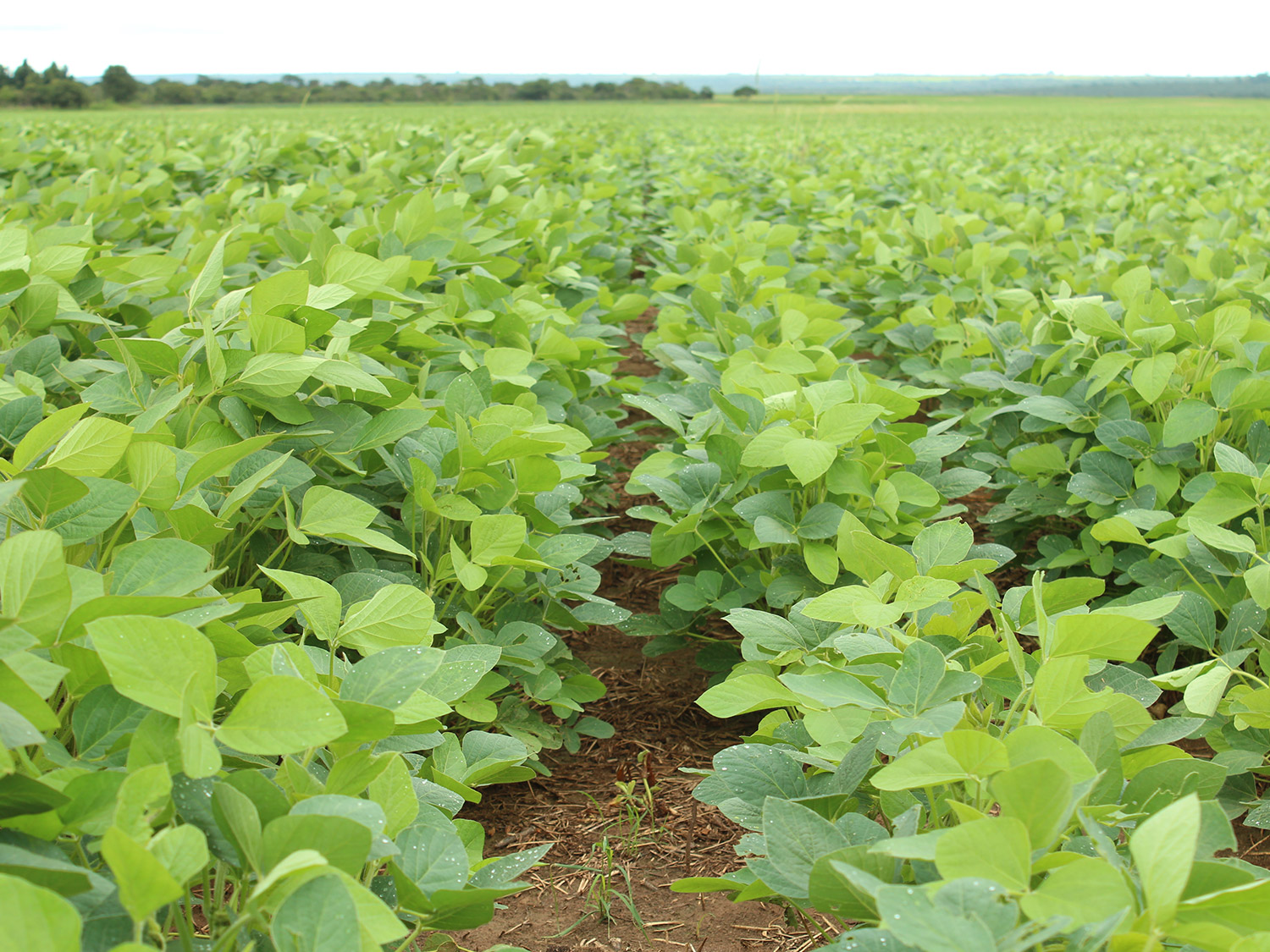
Brazil - Soybean
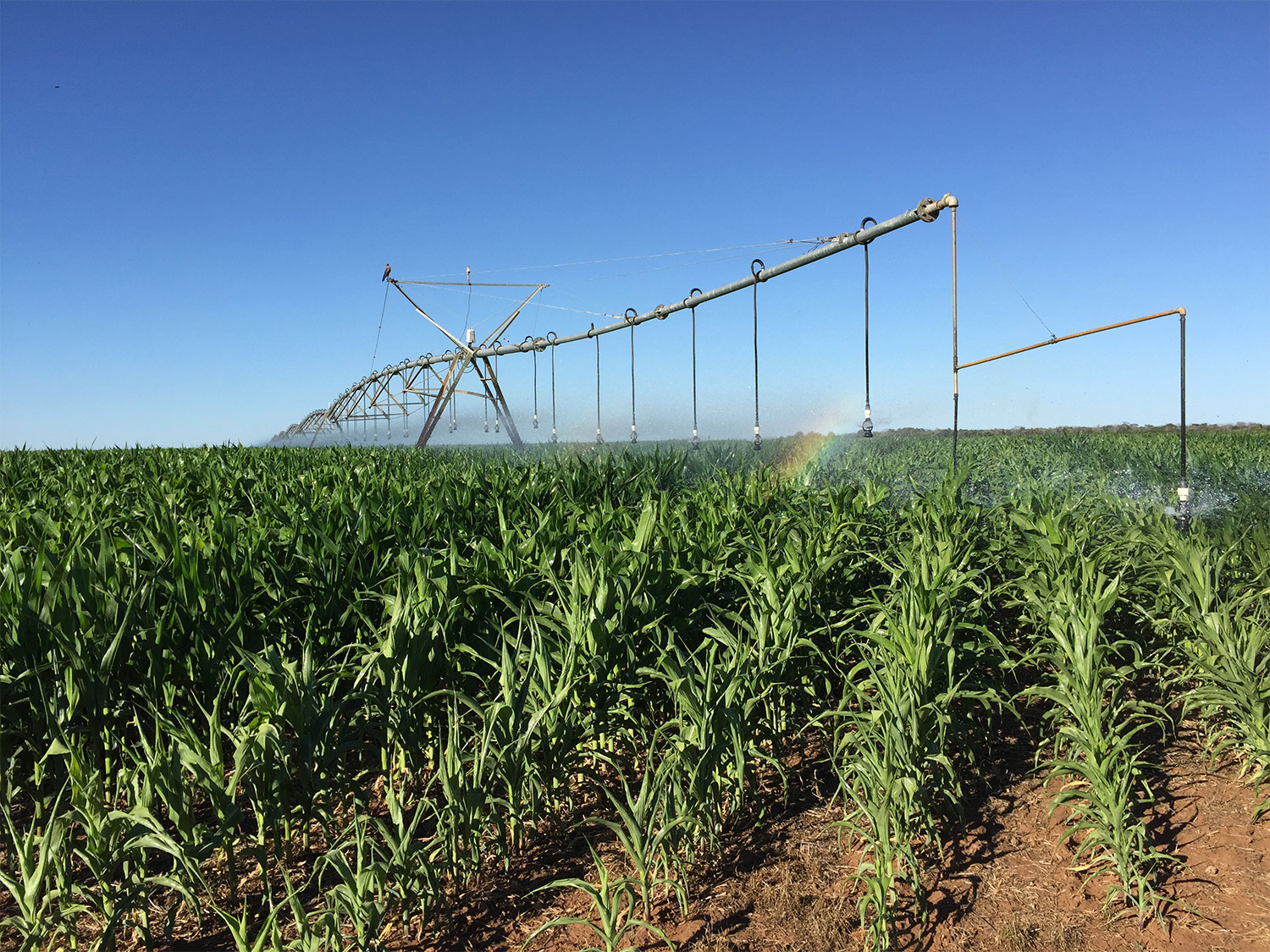
Brazil - Corn
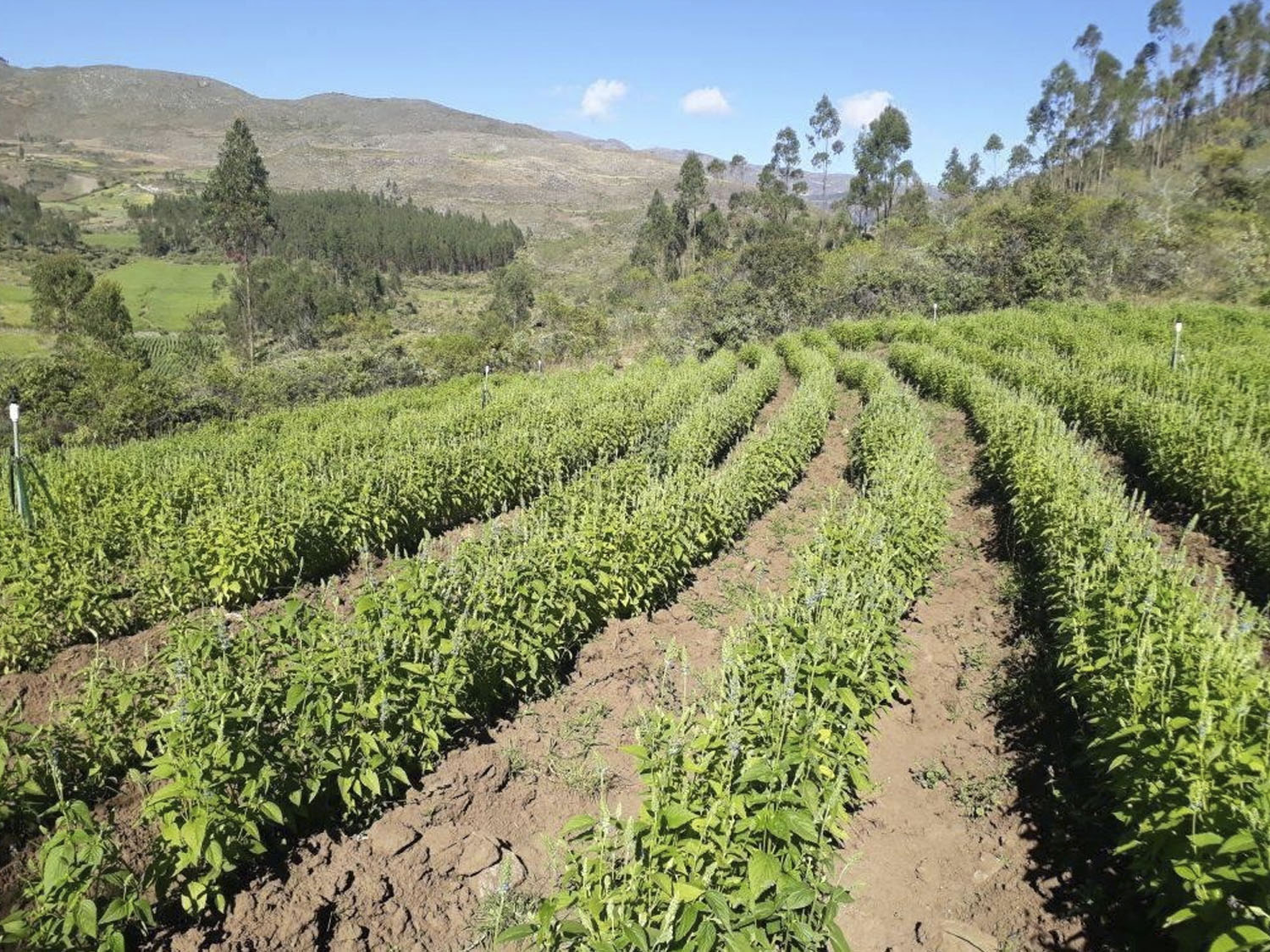
Peru - Chia
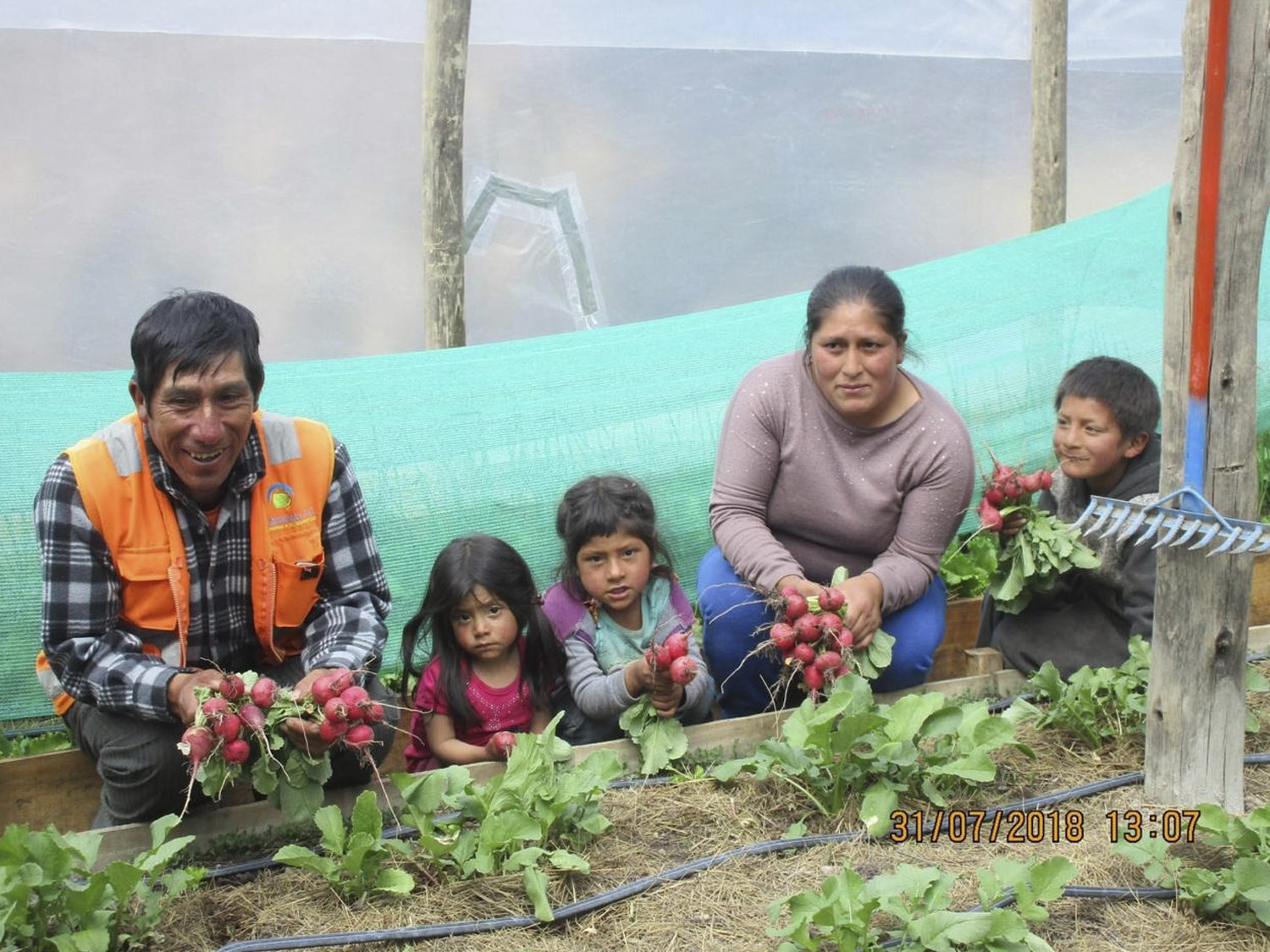
Peru - Family Agriculture
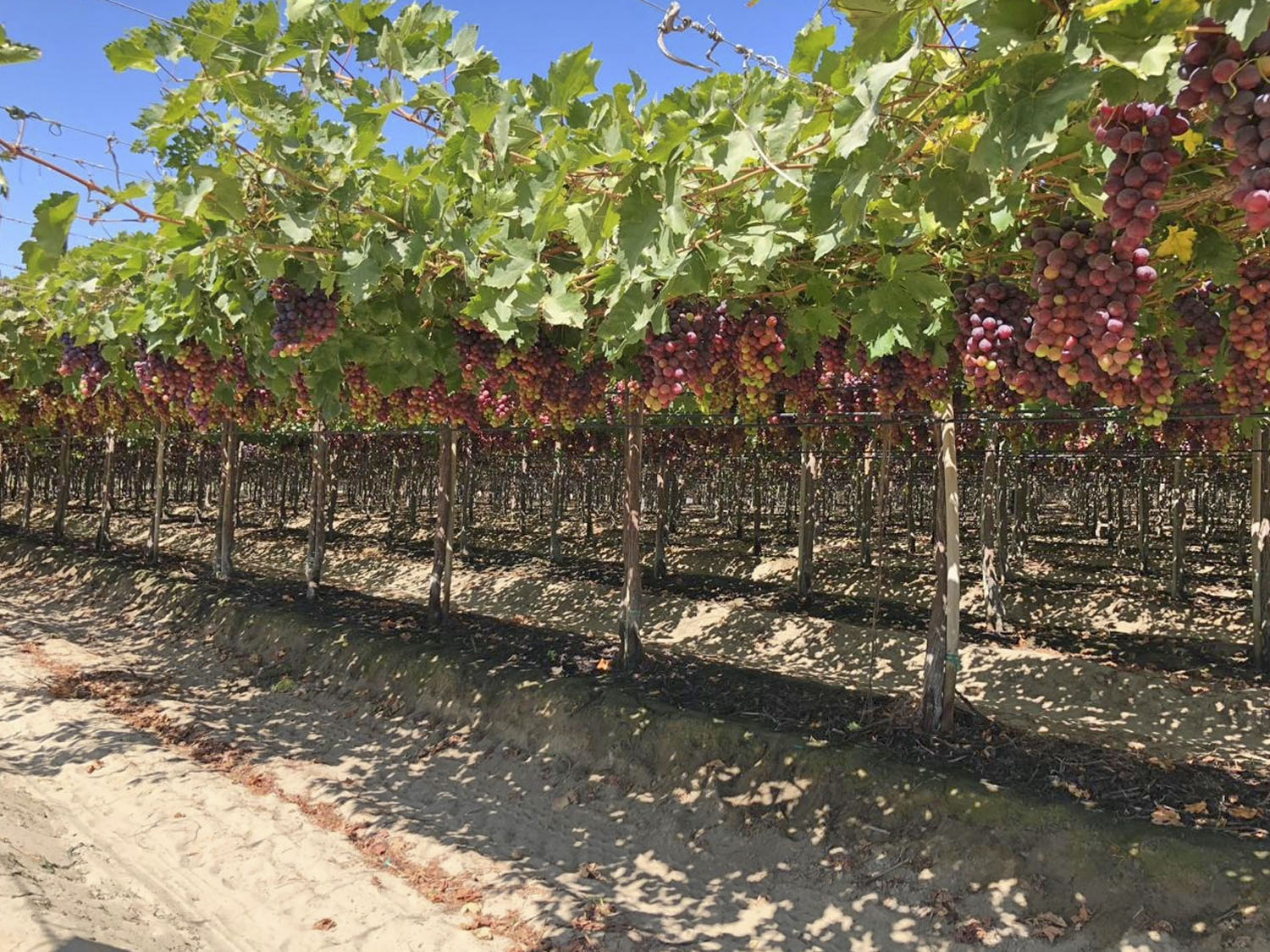
Peru - Grapes
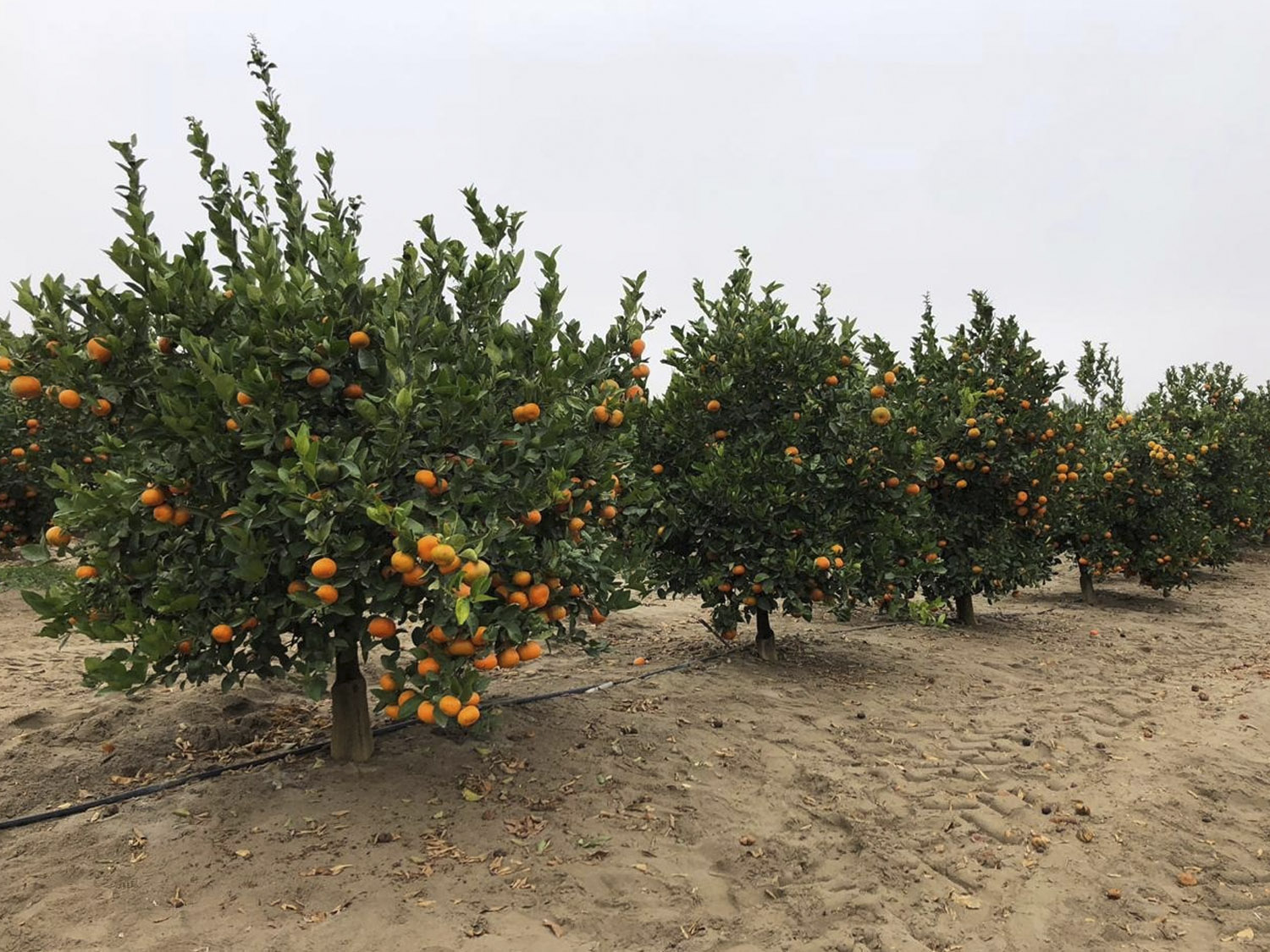
Peru - Tangerines
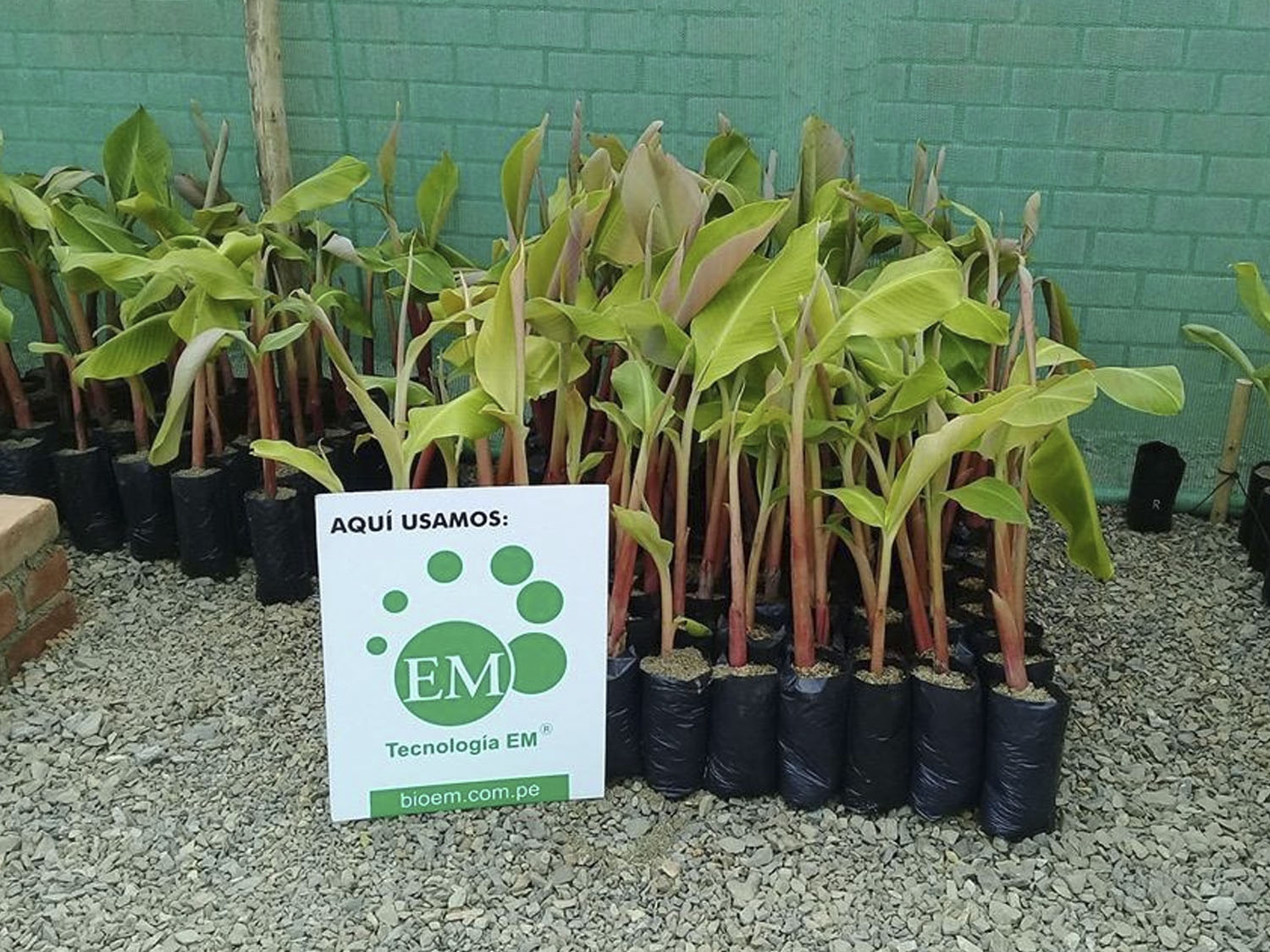
Peru - Plantains
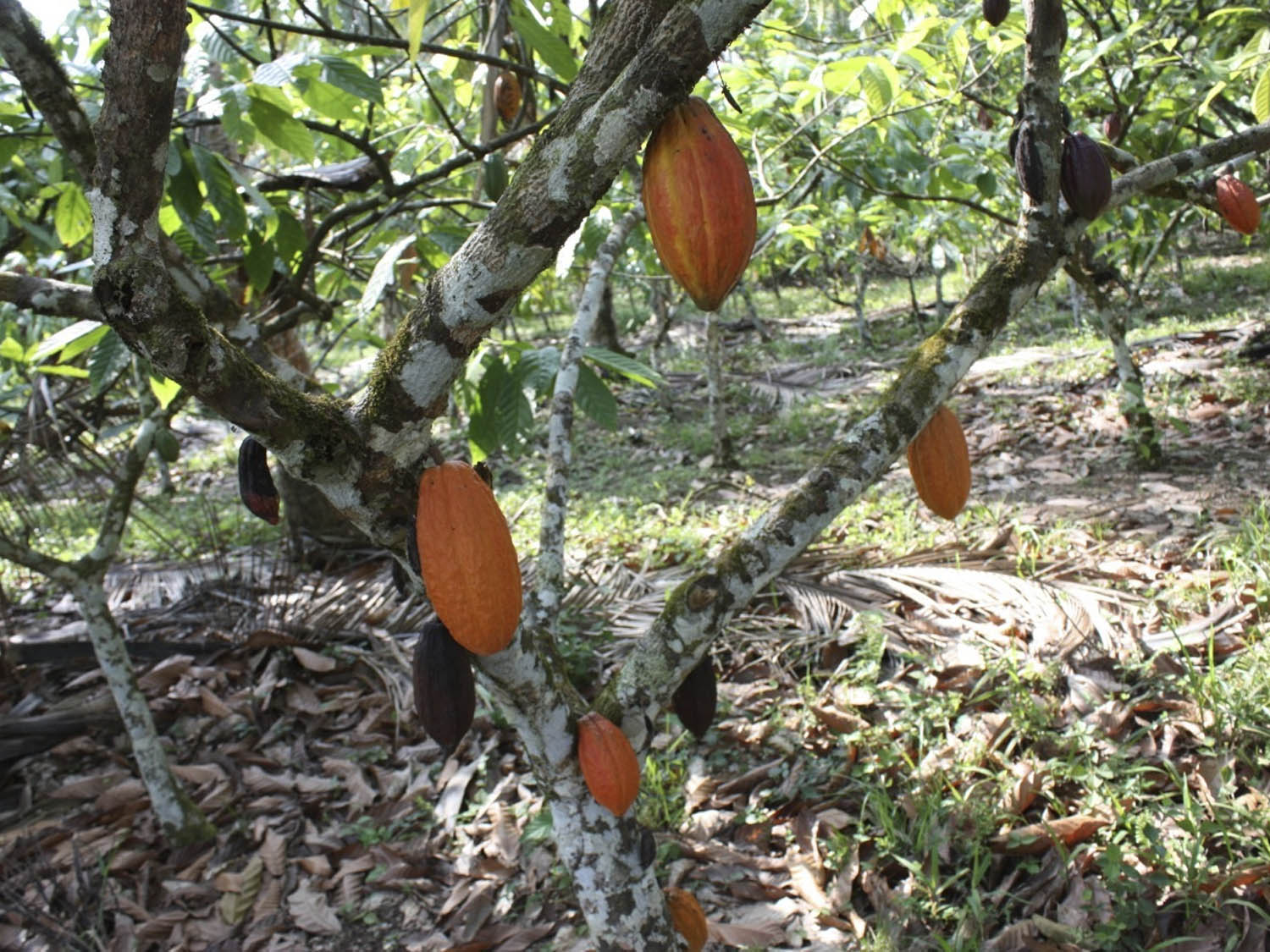
Dominican Republic - Cocoa
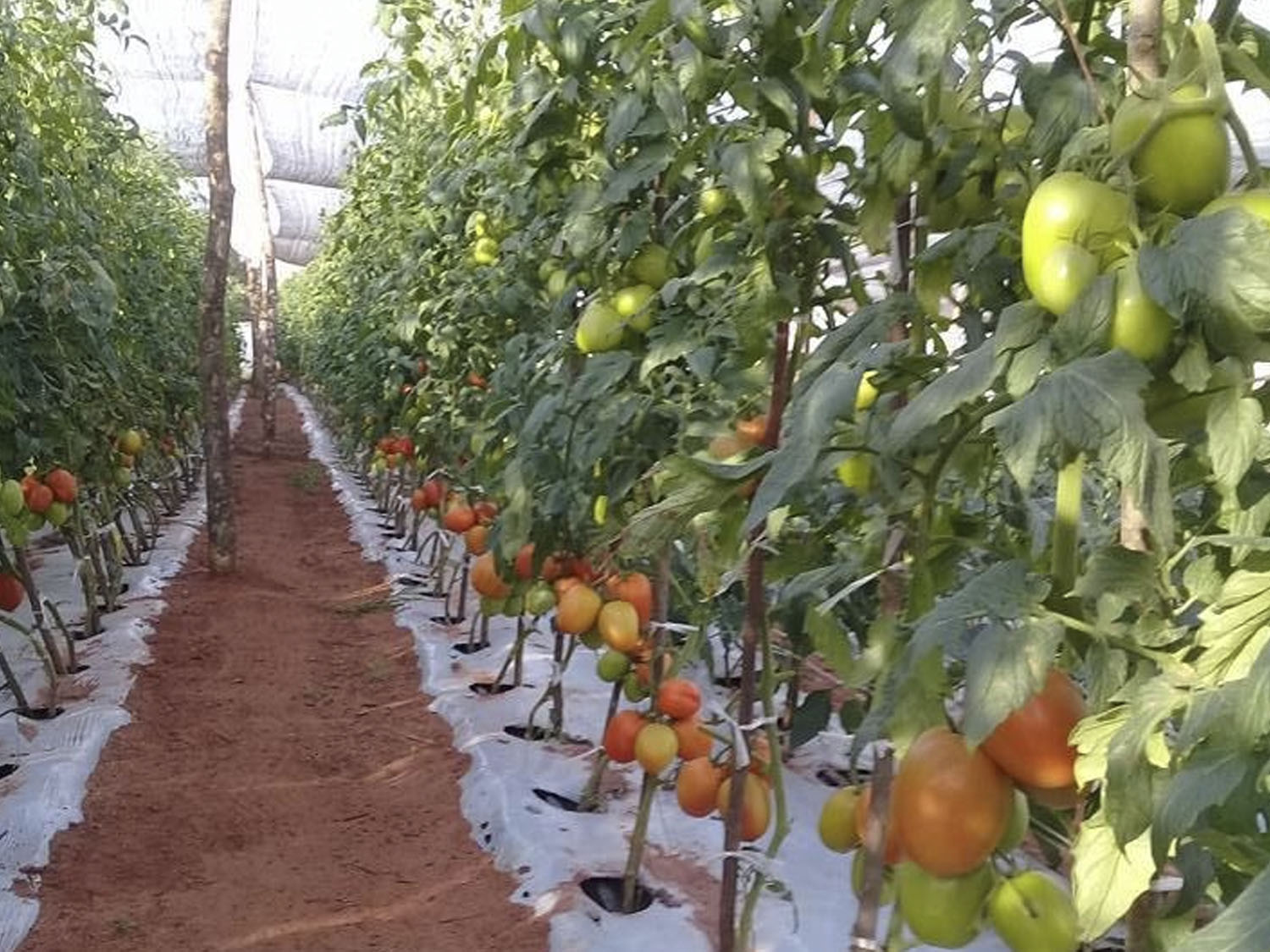
Paraguay - Tomato
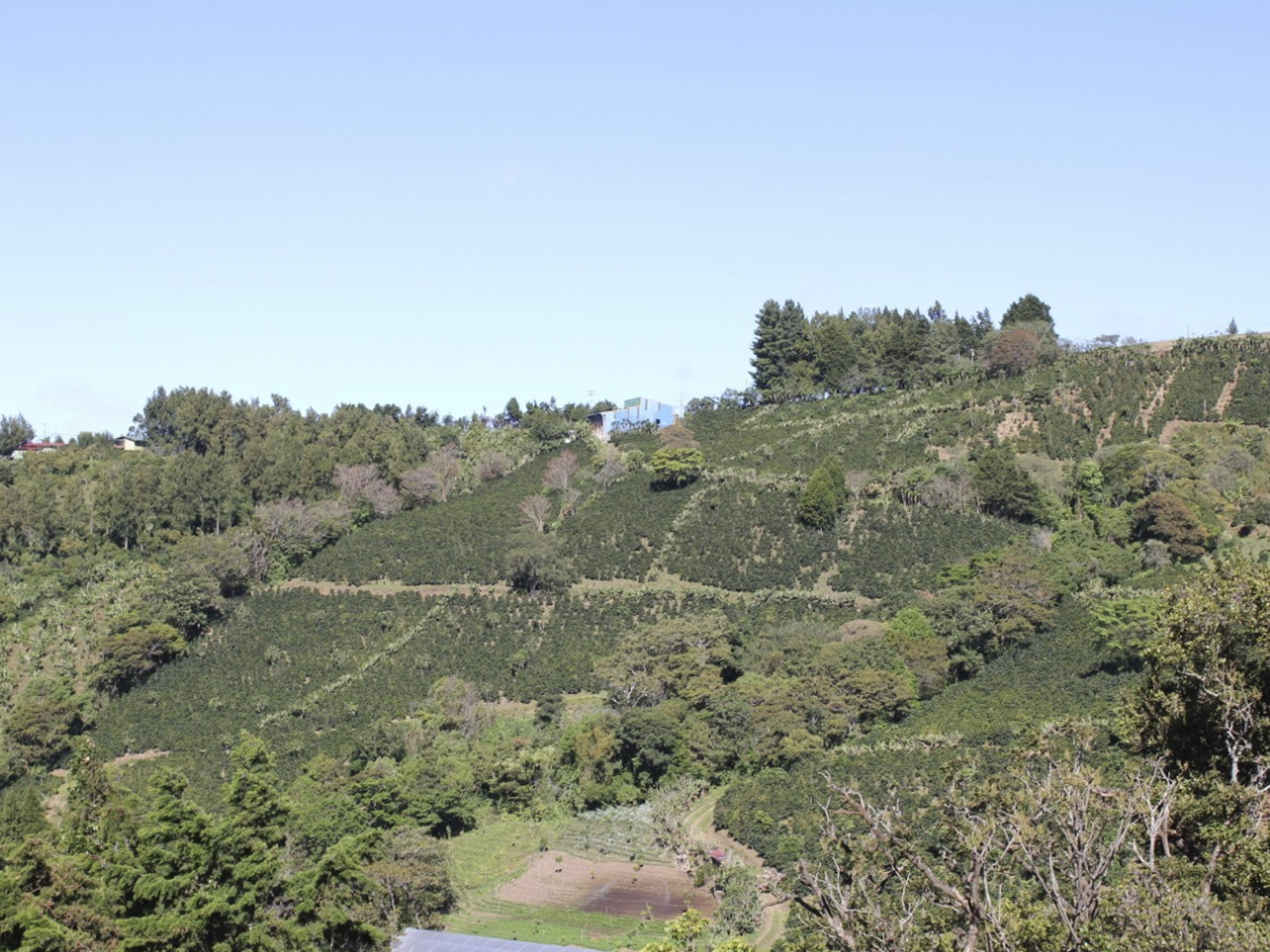
Costa Rica - Coffee
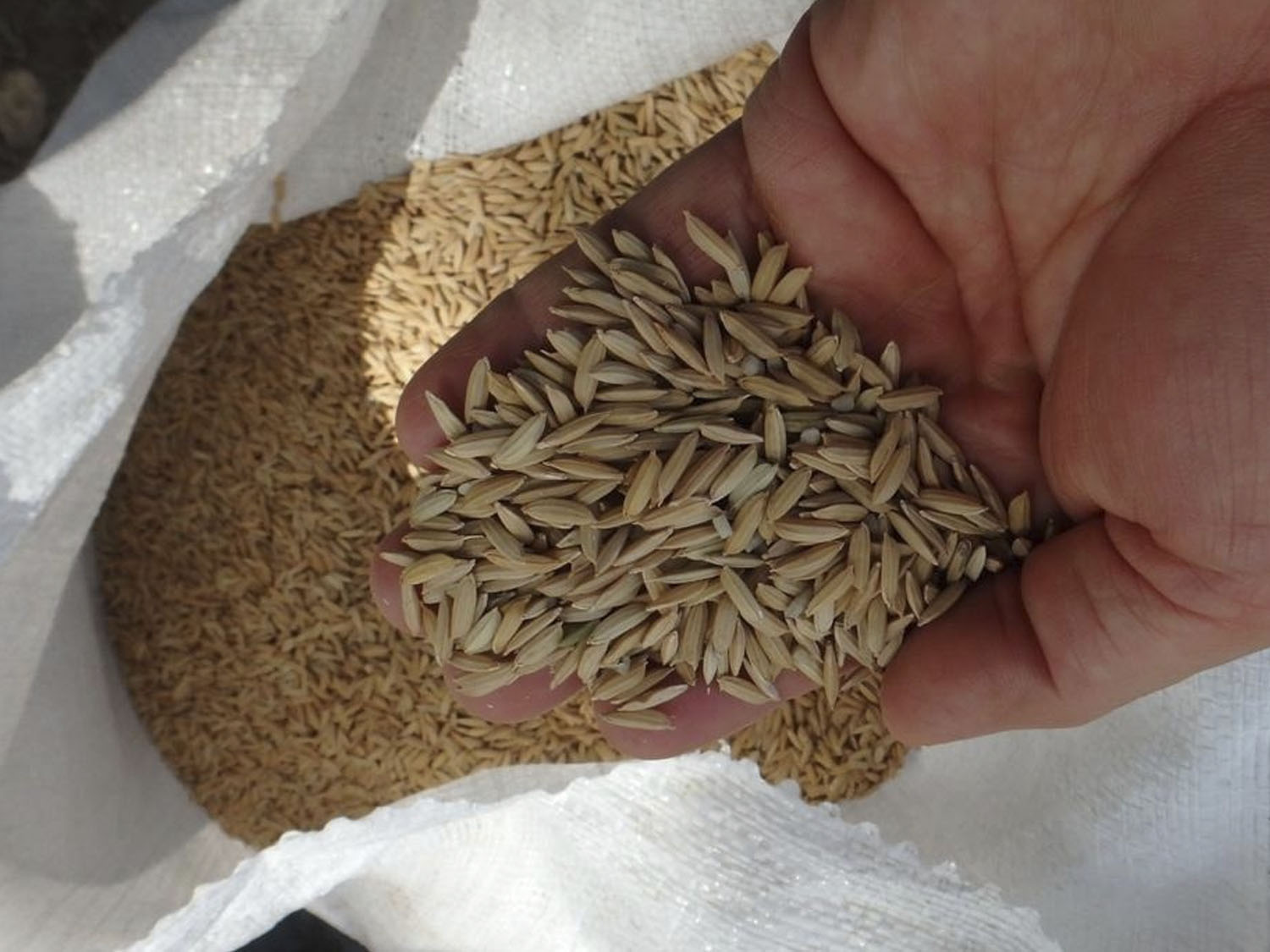
Nicaragua - Rice
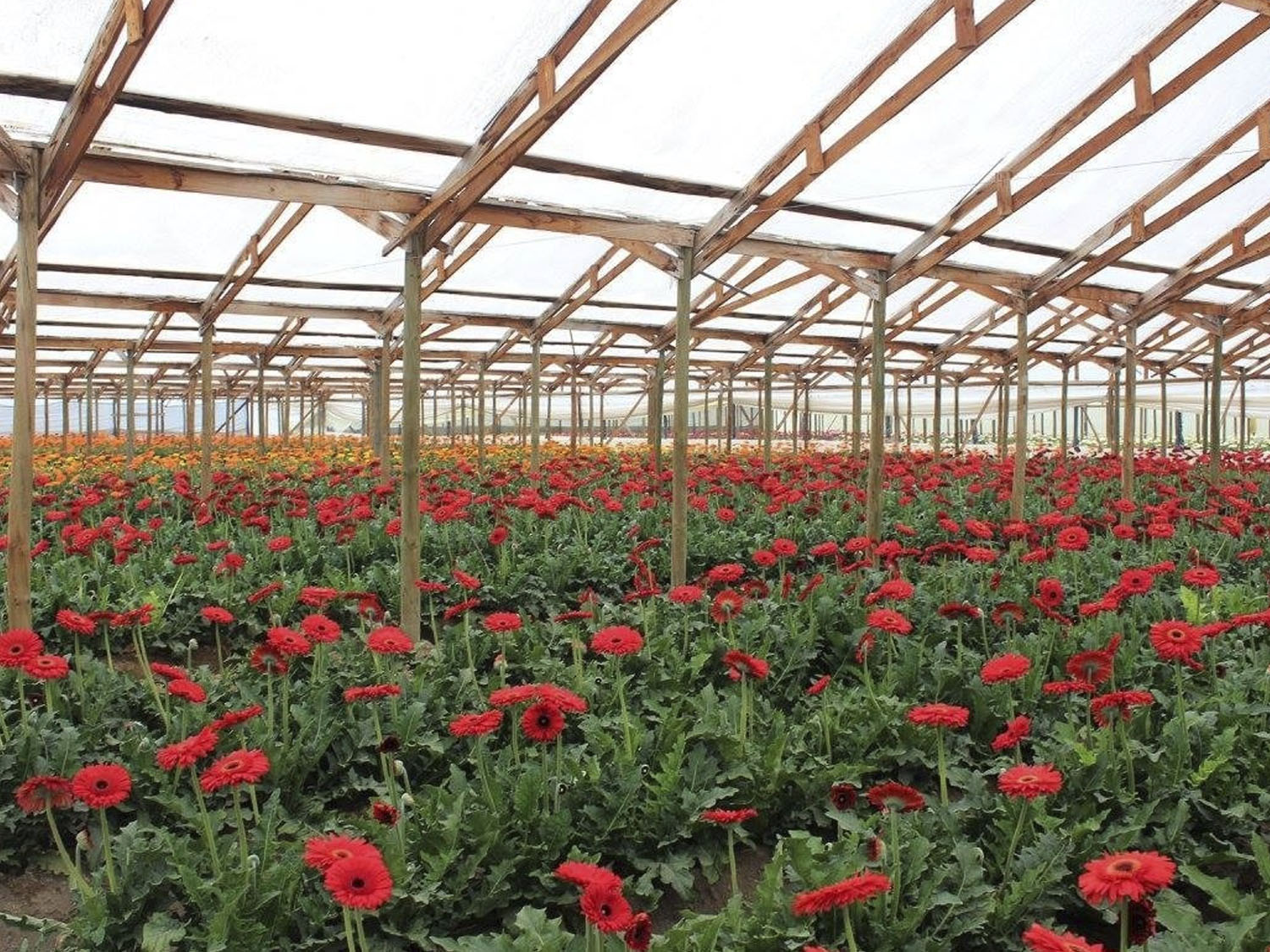
Chile - Flowers
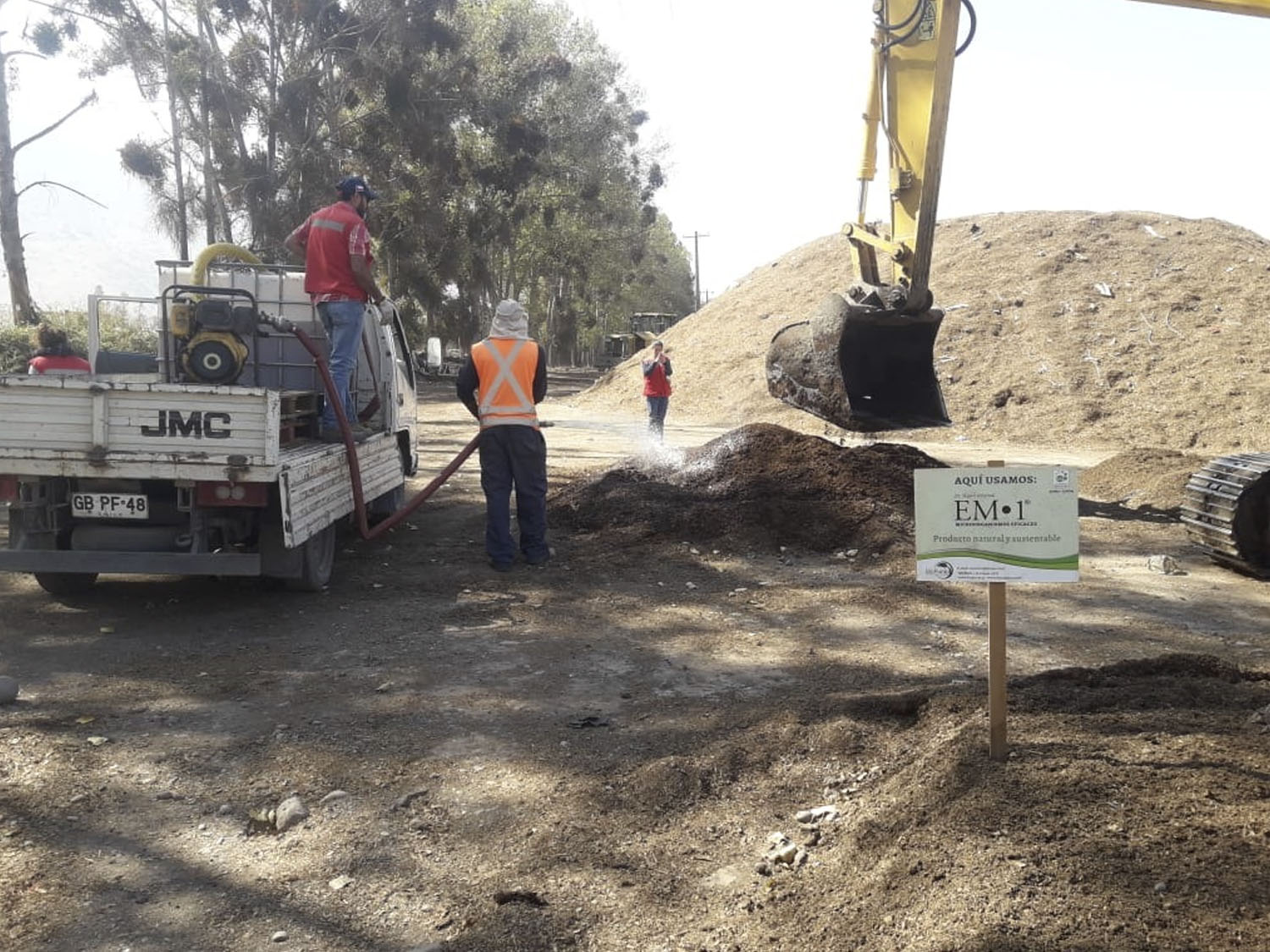
Chile - Organic Residues Composting
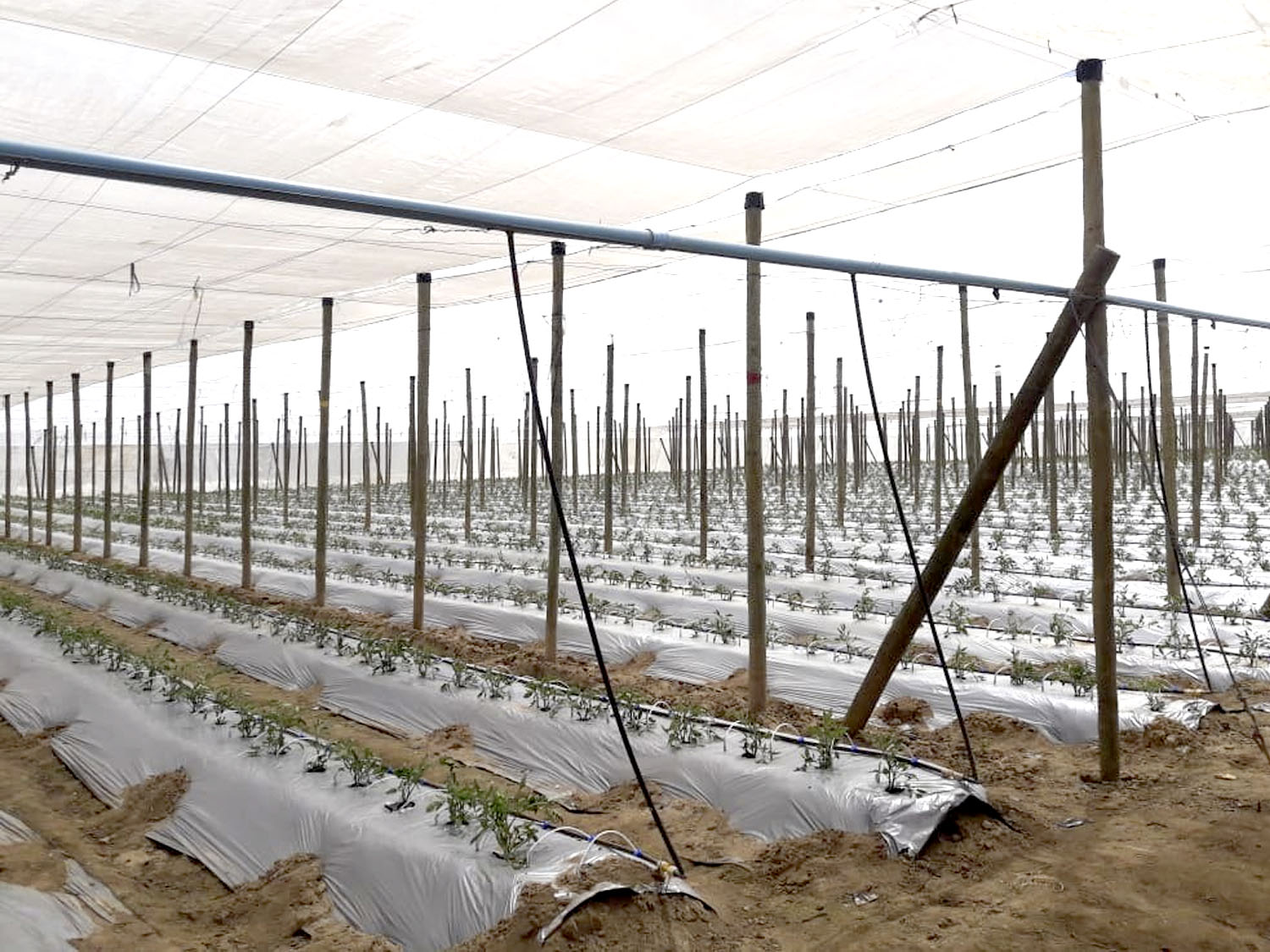
Chile - Tomato
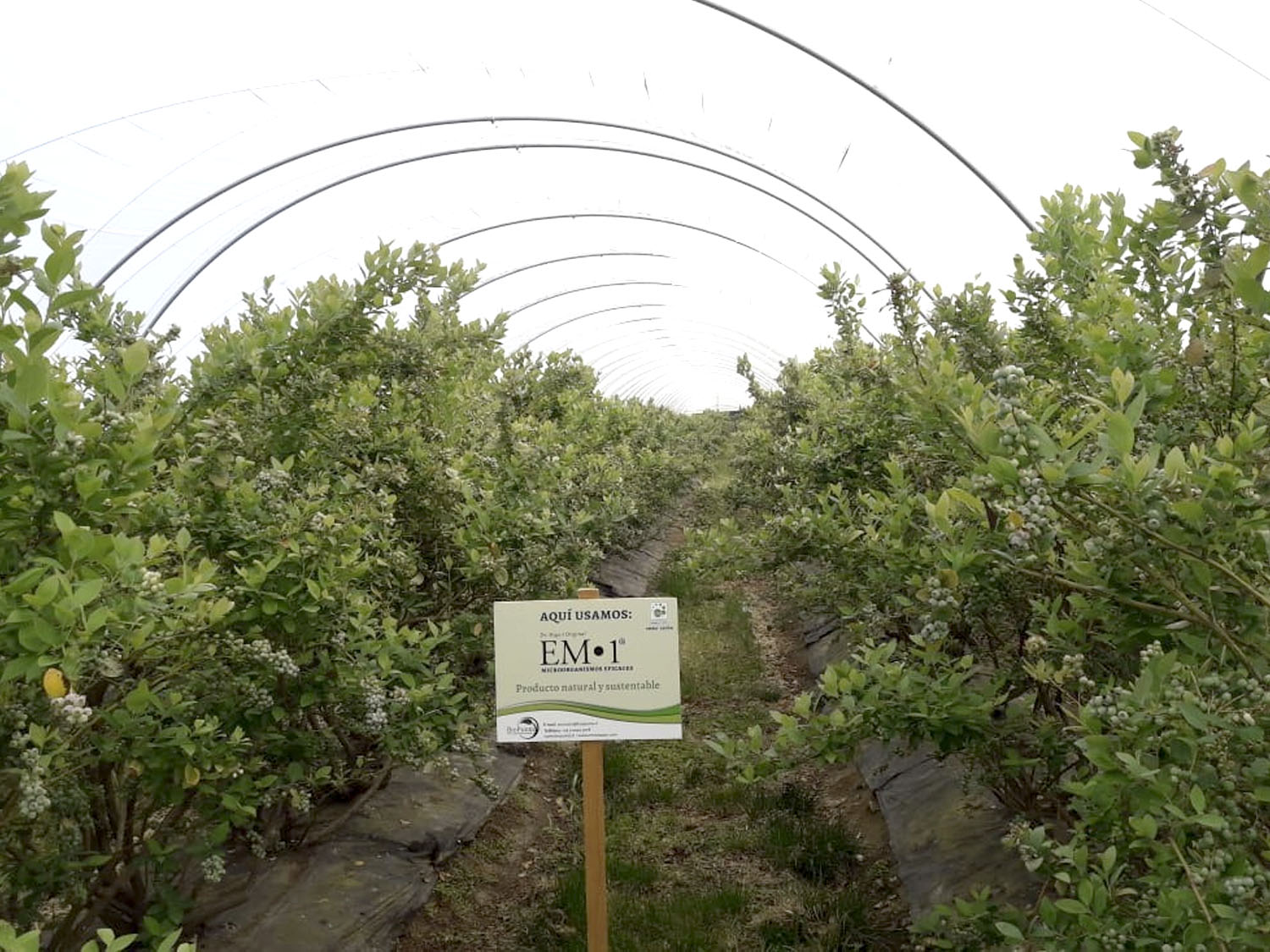
Chile - Blueberries
COMPOSTING OF ORGANIC WASTE
• Accelerates the fermentation process of organic waste.
• Increases the availability of nutrients, mainly nitrogen and phosphorus.
• Accelerates the conversion of organic matter into humus.
• Enriches the material with beneficial microorganisms of known and reliable origin.
• Reduces the cost of transportation of waste for the field, since it decreases the volume.
• Odorless process and without the presence of insects.
• Optimizes the physical space and use of machinery.
CONDITIONING AND IMPROVEMENT OF SOILS
• Accelerates the natural decomposition of crop remainders left in the field.
• Promotes the formation of aggregates in the soil and increases the resistance against compaction.
• Increases the viability and availability of nutrients in the soil.
• Helps to improve the structure and porosity of the soil.
• Maximizes the conversion of organic matter into humus.
• Promotes the biological correction of the soil helping to suppress the microorganisms that cause diseases and pests such as nematodes.
SEEDBEDS, TRANSPLANTING AND DIRECT SOWING
• Reduces germination time.
• Increases the germination percentage of the seeds.
• Increases vigor and growth.
• Increases the chances of survival.
PLANT HEALTH
• Increases the natural resistance of plants against pests and diseases.
• Improves the visual appearance of plants (color, size, structure).
HYDROPONICS
• It helps keep the pipe system clean.
• It improves the rooting of the plants.
• Improves the growth of plants.
• Improves the color and texture of the leaves.
• Increases, significantly, the shelf life of the product in the stores, mainly leafy greens (lettuce, basil, arugula, etc.)
• It helps control diseases and pests.
It is safe, easy to use and inexpensive. It is sustainable!


